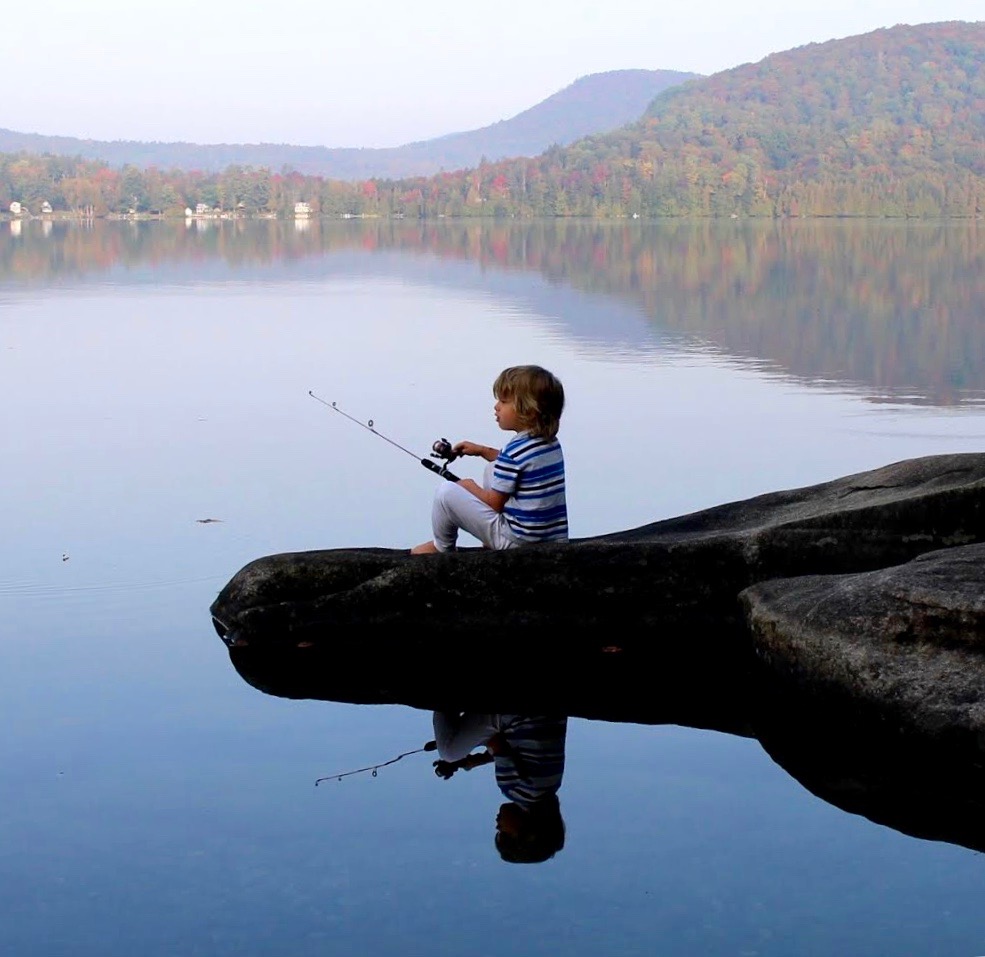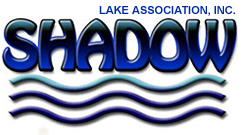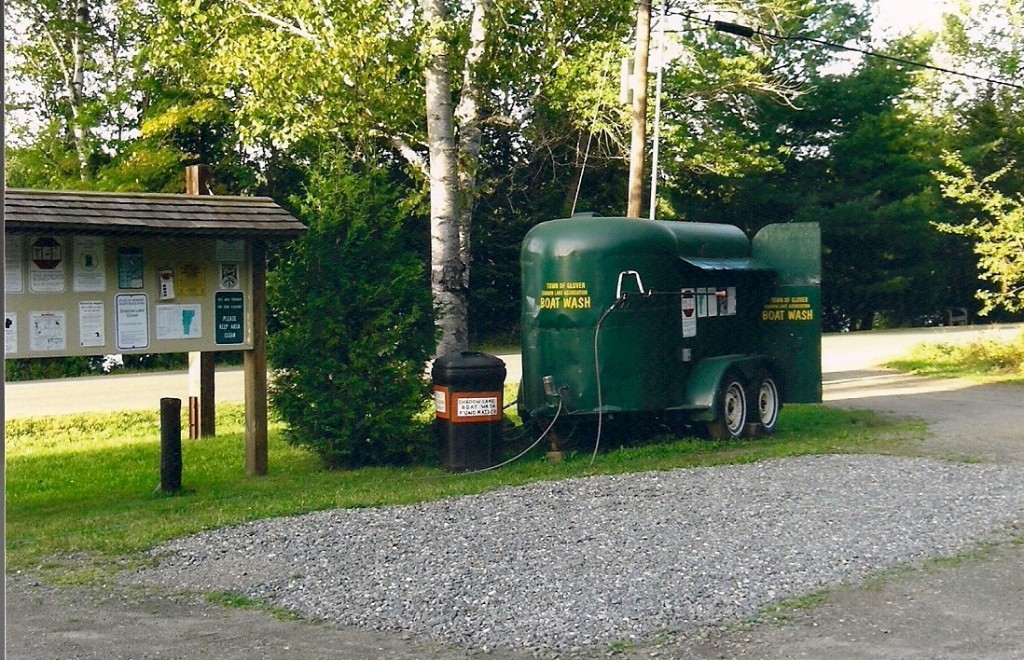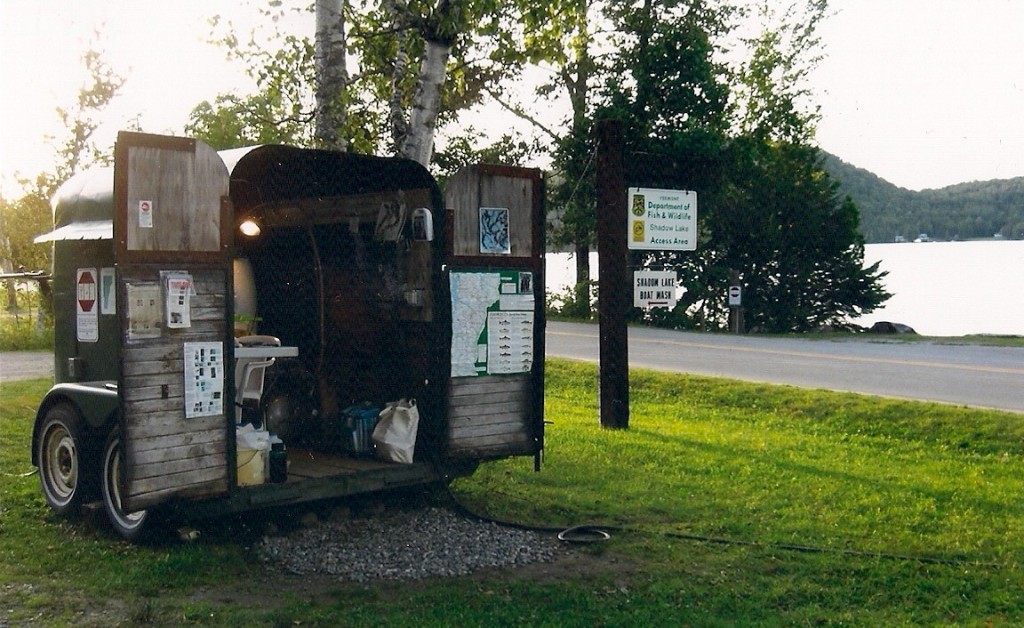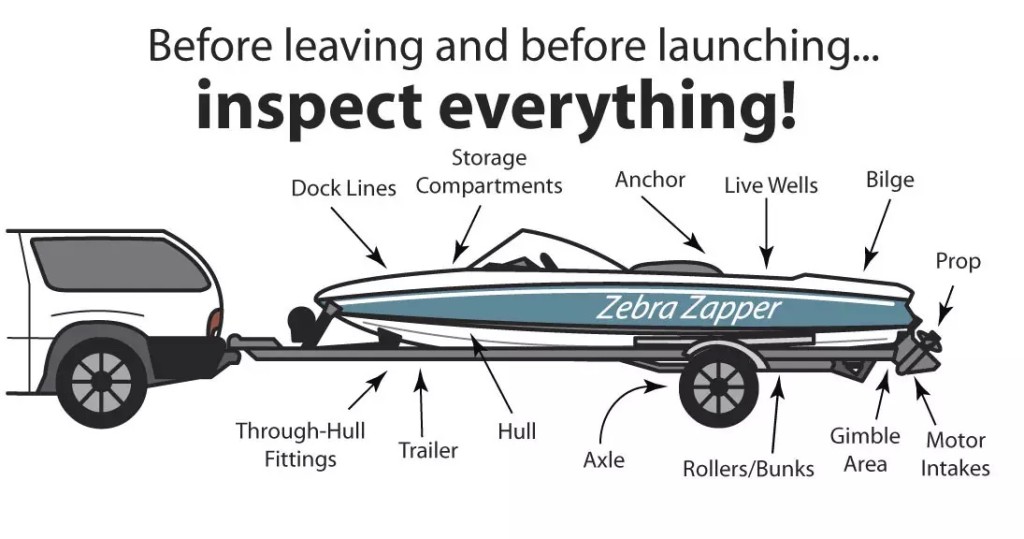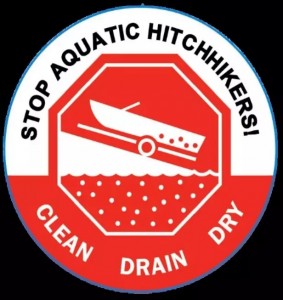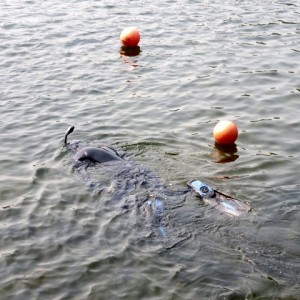Clean Boats, Clean Waters

Aquatic invasive species (AIS) are a form of biological pollution and are extremely difficult if not impossible to contain, control or eradicate. For most AIS, humans are the primary vector of transport from one waterbody to another. Human recreational activities typically account for the majority of non-native aquatic plant and animal spread between lakes. Many of these nuisance plants and animals can be unknowingly carried on fishing gear, boating equipment, or in very small amounts of water in a watercraft. In fact, any equipment used on or in the water can collect and spread aquatic invasive species. Protecting Shadow Lake from AIS helps in turn to protect all Vermont waterbodies.
What Is Watercraft Inspection and Decontamination?
A watercraft inspection program is an outreach tool utilizing paid and/or volunteer stewards/greeters to engage and teach boaters how to inspect boats, trailers, and recreational gear for unwanted aquatic hitchhikers, and to properly remove and dispose of those hitchhikers. Watercraft inspection consists of visually inspecting all areas of boating and related recreational equipment (i.e., boat, trailer, motor, livewell, anchor, fishing and recreational equipment, inflatables, swim fins, scuba gear, etc.) that come in contact with or hold water; removing all visible plants, animals, and mud; and draining water from all compartments and containers. These practices reduce the risk of movement of all organisms from one body of water to another.
[dropshadowbox align=”none” effect=”lifted-both” width=”auto” height=”” background_color=”#ffffff” border_width=”1″ border_color=”#dddddd” ]Clean, Drain, & Dry: Remember to carefully inspect for aquatic invaders hitchhiking on your watercraft, trailer, equipment and related gear every time you take them out of the water. A dry boat has less opportunity to spread invasives and is therefore a safer boat.[/dropshadowbox]
The purpose of watercraft inspection and decontamination is to:
- Reduce the impact of AIS on native aquatic organisms and ecosystems
- Limit or prevent the spread of AIS by containing infestations to current locations, and
- Increase boater awareness about ways they can help prevent the spread of AIS.


Vermont Aquatic Invasive Species Transport Law
On June 8, 2017, Act 67 became law adding important amendments to update Vermont’s existing aquatic invasive species transport law now requiring any person transporting a vessel to or from a body of water to visually inspect the vessel; the transport vehicle; and other equipment used and remove any aquatic plants, aquatic plant parts, and other aquatic invasive species. Boat operators are also required to remove drain plugs and all devices designed to control the drainage of water from a vessel while transporting it.
Watercraft inspection and decontamination are now mandatory for all watercraft at all authorized aquatic nuisance species inspection stations if:
- the inspection station is maintained where the vessel is entering or leaving a state water.
- the inspection station is open.
- an individual operating the inspection station identifies the vessel for decontamination.
A person who violates the Vermont AIS transport law may be subject to a penalty of $1,000 or more. See our Act 67 summary page with FAQ’s including an explanation of the penalties and fine amounts for AIS transport violations.
See this guide on cleaning, drying and disinfecting boating equipment.
The Shadow Lake Boat Wash, established in 2003, by the Shadow Lake Association in partnership with the town of Glover and the Vermont Department of Environmental Conservation was the first and only hot water (140°F ) high-pressure watercraft decontamination station operating in Vermont until 2015. Of the 27 locations around the State where watercraft inspections were taking place in 2015, Shadow was the only waterbody location with a Greeter staff washing boats! We are proud so many refer to the Shadow Lake Boat Wash as the “gold standard” for Vermont watercraft inspection and decontamination!
Our program began as a proactive effort to prevent the introduction of all aquatic invasive species from entering the lake. Hot water, high pressure decontamination stations have been shown to be the most effective in removing and/or killing a host of AIS. Basic decontamination protocol entails a power washing treatment of all high risk areas of a watercraft with 140ºF water for a minimum of ten seconds. The temperature and methods used are effective against a host of different species, but are safe for watercraft hulls, motors, pumps, and other equipment when used properly. Our Boat Wash Coordinator, and many SLA Board of Directors along with our Greeter staff attend annual training workshops provided by the experts from the Vermont DEC.
The assembly of our popular boat wash station upcycles an old horse trailer rebuilt to house our hot water tank. The trailer also serves as a cozy shelter for our Greeter’s while on duty, complete with a desk top, chairs, data collection materials and educational literature for lake-users on the importance of AIS spread prevention to help protect this lake and all other waterbodies.
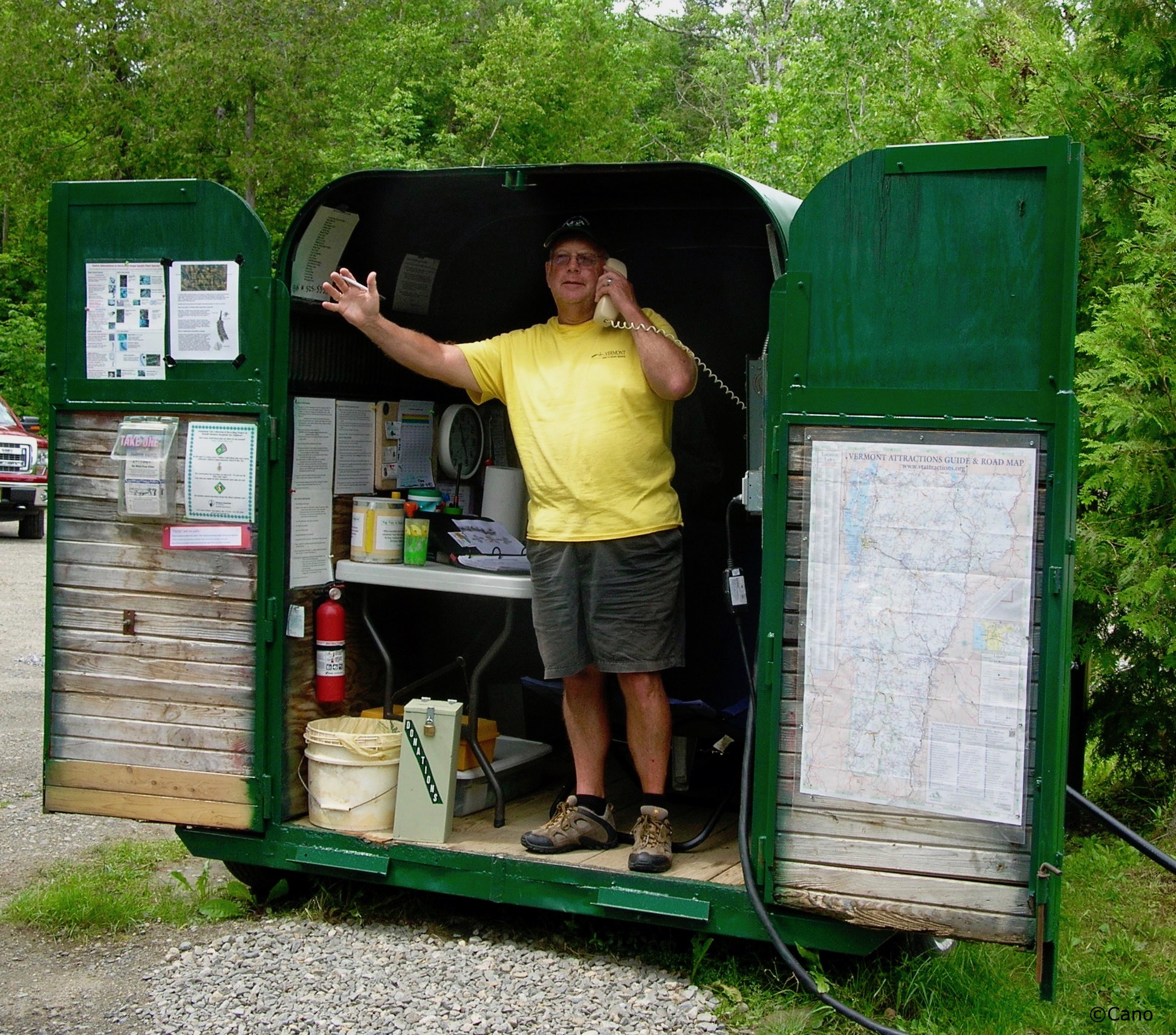

The Shadow Lake Association strongly encourages the washing of all watercraft (including kayaks, canoes, paddle boards and other non-motorized boats because they too can transport AIS) before entering and upon exiting Shadow Lake to reduce the risk of transporting Eurasion watermilfoil (Myriophyllum spicatum), acronym is EWM, and all other aquatic invasive species. See our Eurasian watermilfoil page
Prevention is the Key!
[dropshadowbox align=”none” effect=”lifted-both” width=”auto” height=”” background_color=”#ffffff” border_width=”1″ border_color=”#dddddd” inside_shadow=”false” ]Preventing the spread of aquatic nuisance species through boat washing and vigilant lake monitoring for early detection is the most environmentally sound and cost-effective method for battling aquatic hitchhikers. The most important action you can take to limit the spread of non-native aquatic plants is to remove all vegetation and animals from your watercraft and any water-related equipment before you move it from one body of water to another. If these invading species become established, they can be impossible to contain and control.[/dropshadowbox]
Please don’t be a carrier of aquatic invasive species!
AIS have profound effects on the ecosystems they invade. When a watercraft decontamination station is not available, to best prevent the spread of aquatic invasive species, before and after boating (the primary vector), it is absolutely vital to practice ‘Clean, Drain & Dry’: a simple mantra adopted by many States to help remember to carefully inspect for aquatic invaders hitchhiking on your watercraft, trailer, equipment and related gear every time you take them out of the water:
- Clean off all mud, plant fragments, attached animals and place removed material in a trash receptacle. Wash watercraft, trailer and equipment to decontaminate;
- Drain watercraft and accessory equipment away from the water; and
- Dry anything that comes in contact with the water. A minimum of 5-7 days of drying time is recommended in the summer before entering another waterbody.
– Drying times vary based on temperature, humidity, and material. If your boating and fishing equipment cannot be properly dried before its use in another body of water, it must be disinfected.
Lake & Eco-friendly boat cleaning solutions!
Practicing Clean, Drain, Dry benefits all waters! This video, although made in New York, is applicable to Vermont and contains valuable information.
In September 2011, a pioneering infestation of Eurasian watermilfoil was confirmed growing in a small cove of Shadow Lake and in all likelihood would have been transported to the lake much earlier if our Boat Wash had not been in use.
Because Shadow Lake may have snorkelers and SCUBA divers present, our Greeters also remind boaters of the Vermont law;
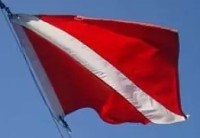

Greeters also warn boaters to stay well away from any orange buoys that may be anchored at various spots around Shadow Lake. Orange buoys indicate a critical control site of EWM for our divers and snorkelers to manage and all other human activity to not disturb.


Our Association’s proactive approach of designing and posting this advisory sign at the fishing access helps to alert boaters when exiting Shadow to take precautionary measures when our boat wash is not in operation. Our hope is to provide proper public notice, educate the general public and help stop the spread of EWM to any other water bodies.
[dropshadowbox align=”none” effect=”vertical-curve-both” width=”auto” height=”” background_color=”#ffffff” border_width=”1″ border_color=”#dddddd” inside_shadow=”false” ]The Shadow Lake Association, the community and the users of Shadow Lake must continue to work together to prevent the thick growth and spread of EWM as shown in the picture below of an infested waterbody.[/dropshadowbox]
[dropshadowbox align=”none” effect=”lifted-both” width=”auto” height=”” background_color=”#ffffff” border_width=”1″ border_color=”#dddddd” inside_shadow=”false” ]Although some invasive species such as Eurasian watermilfoil can be readily visible to the human eye, many other aquatic invasive animals, such as Zebra mussels (Dreissena polymorpha) and Spiny water flea (Bythotrephes longimanus) have eggs that are microscopic and early life stages too difficult to see with the unaided eye that can survive in tiny amounts of moisture for several days.[/dropshadowbox]
On smooth surfaces young Zebra mussel settlers feel like sandpaper to the touch. They can attach to any substrate including, sand, silt and aquatic plants. They can persist in dark crevices around boats and trailers and stay alive out of water for up to a week. Pressure washing will dislodge microscopic eggs and settlers and 140°F hot water will kill them as well as Eurasian watermilfoil.
There are no successful means to control or eradicate, only by prevention of spread to uninfested water bodies:


Read this Spiney water flea fact sheet
Not an insect, but a predacious zooplankton with eggs that can go into a diapause until water temperatures are optimum for hatching. Life stages are capable of living and being transported in just one drop of water. This is why draining all water from boats, bilges and boating gear, cleaning fishing equipment, even recreational inflatables is so important after exiting and before entering another waterbody.


Read this Zebra mussels fact sheet
Zebra Mussels are reproductively mature within 1 year and females can produce over 40,000 eggs in a single reproductive cycle and even up to a million eggs during the spawning season. Eggs develop into a free-swimming, planktonic larva called a “veliger”. The veliger then remains suspended in the water column for up to five weeks and eventually begins to sink. Once a surface is reached, the veliger settler can crawl via a muscular foot than attach to the substrate using a byssus, an organ outside of the body containing amazingly strong threads.
See many other invasive aquatic species photos and facts at Vermont Watershed Management Division a gallery of Invasive Aquatic Species
All watercraft or equipment used on or in the water can transport AIS. This video shows paddlers of non-motorized watercraft how to prevent the spread of aquatic invasives by utilizing the simple three step method: Clean-Drain-Dry.
Please do your part to keep our waters clean, healthy and enjoyable!
Eurasian watermilfoil’s aggressive growth of dense weed beds is a significant threat to all our lakes and ponds. Due to the insidious nature of this highly invasive and aggressive species, just one small piece of EWM is capable of starting a new population in a different body of water. This is why EWM can be so easily transported from lake to lake when attached on any type of watercraft, trailer or fishing gear. In fact, any equipment used on or in the water can collect and spread AIS. To avoid the risk of possibly spreading any EWM from this lake to any other water bodies, we strongly encourage all watercraft to be washed upon exiting this lake.
Once Eurasian Watermilfoil has infested a lake it is extremely difficult if not impossible to eradicate. Eradicating well established infestations is nearly impossible. Lake managers can often only seek to control the spread by integrating the most effective, economically feasible and environmentally sound best management practices available. If EWM becomes well established and gains dominance over the shoreline area, the probability for eradication decreases drastically. Once the entire littoral zone (where sunlight penetrates to the lake bottom) becomes a monoculture stand of EWM, most functional aspects of this highly productive part of the lake are lost!
This video, although made in Michigan, is applicable to Vermont and contains valuable information.
For more information on Eurasian watermilfoil and a gallery of other invasive species see: VTDEC and see our Eurasian watermilfoil webpage
[gview file=”https://shadowlakeassociation.org/wp-content/uploads/2018/07/VTBoatingResourceGuide2018.pdf”]
> You Can Help!!
- One of the most important steps you can take to help stop the spread of aquatic invasive species is to become educated about the subject and help educate other lake-users as well. Learn to identify aquatic invasive species. Know which water bodies are infested. Review identification and distribution information on this website. Get involved in local programs that help to protect our waters. Public participation is essential to the success of AIS spread prevention efforts.
- Join our membership! Annual dues are only $35.00 per household. Membership is your personal statement that you care about supporting the Association’s mission to protect and preserve Shadow Lake and the surrounding watershed for the mutual benefit of all.
- Lend your expertise! Join the Board of Directors see page or simply volunteer, depending on your interests, to work on your choice of any of our committees or projects helping to protect the lake. Contact any Director and we will coordinate a way that is comfortable for you to lend a helping hand.
- Our Boat Wash is our lake’s first line of defense against AIS! Please consider becoming a ‘volunteer’ Boat Wash Greeter for a few hours during those critical times that can not be covered by staff. Contact any of our Directors who will be happy to assist you with the necessary training and orientation. We enjoy mentoring young people to volunteer at the Boat Wash, who are welcome to learn and assist with certain duties along side our Greeter staff.
- Get involved! Learn to recognize aquatic invasive species. Participate in the Vermont Invasive Patrollers (VIPs) program see our page or simply volunteer on your own to help search for EWM and other non-native invasive species in the lake from your kayaks or canoes and even during your swim. If you like, you can ‘adopt a section of shoreline’ to regularly watch over. Simply keep a log or mark your calendar with your time spent searching and drop off your total hours at the boat wash. Remember, the time you spend volunteering counts toward our eligibility for grant funding to continue our essential boat wash program!
- If you see any unusual or suspicious aquatic plants growing, take note of the exact location (a landmark, certain shoreline area or camp property, depth of water, etc.) and immediately report the finding by contacting any SLA Board of Director. Directors list It is very important to not attempt to pull up a suspect plant. Someone with the appropriate expertise will rapidly respond to verify identification.
- Seriously avoid all recreation in AIS infested areas and significantly reduce your boating speed to No Wake when approaching or near any orange buoys installed that mark AIS infestation sites. Any disturbance near these sites; wave action, a turning propeller, paddling, swimming and water sports, fishing activities, etc. can all easily cause fragments of the brittle Milfoil plants to break off, spread and grow in new areas of the lake!
- Awareness is not enough! As active users of our water resources, it is important for citizens to participate in our governmental processes to develop and implement legislative solutions that affect our water resources. Check out this web page for easy ways to participate in public policy processes to protect our waters.
- Drop off your deposit bottles/cans at the Boat Wash and donate the refund to help fund the Boat Wash. Every contribution helps!
- Give a donation of $50 (or more if you would like) to be used specifically to sustain our Boat Wash and Lake Monitoring programs. Donate
Our Association is committed to preserving and promoting
the healthy ecology of the lake and to ensure pristine water quality
for the benefit of current and future generations.
